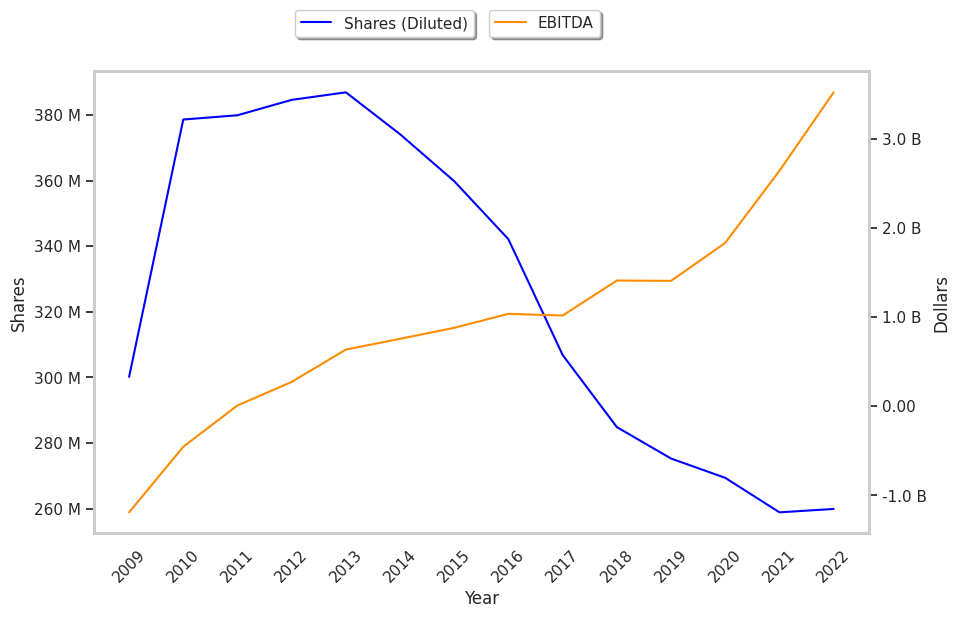Standing out among the Street's worst performers today is Pulte, a residential construction company whose shares slumped -3.9% to a price of $72.64, 25.73% below its average analyst target price of $97.8.
The average analyst rating for the stock is buy. PHM underperformed the S&P 500 index by -4.0% during today's afternoon session, but outpaced it by 68.0% over the last year with a return of 88.0%.
PulteGroup, Inc., through its subsidiaries, primarily engages in the homebuilding business in the United States. The company is a consumer cyclical company, whose sales figures depend on discretionary income levels in its consumer base. For this reason, consumer cyclical companies have better sales and stock performance during periods of economic growth, when consumers have more of an incentive to spend their money on non-essential items.
Pulte's trailing 12 month P/E ratio is 6.0, based on its trailing EPS of $12.02. The company has a forward P/E ratio of 6.1 according to its forward EPS of $11.94 -- which is an estimate of what its earnings will look like in the next quarter. The P/E ratio is the company's share price divided by its earnings per share. In other words, it represents how much investors are willing to spend for each dollar of the company's earnings (revenues minus the cost of goods sold, taxes, and overhead). As of the first quarter of 2023, the consumer discretionary sector has an average P/E ratio of 22.33, and the average for the S&P 500 is 15.97.
It’s important to put the P/E ratio into context by dividing it by the company’s projected five-year growth rate. This results in the Price to Earnings Growth, or PEG ratio. Companies with comparatively high P/E ratios may still have a reasonable PEG ratio if their expected growth is strong. On the other hand, a company with low P/E ratios may not be of value to investors if it has low projected growth.
Pulte's PEG ratio of 1.23 indicates that its P/E ratio is fair compared to its projected earnings growth. Insofar as its projected earnings growth rate turns out to be true, the company is probably fairly valued by this metric.
An analysis of the company's gross profit margins can help us understand its long term profitability and market position. Gross profits are the company's revenue minus the cost of goods only, and unlike earnings, don't take into account taxes and overhead. Here's an overview of Pulte's gross profit margin trends:
| Date Reported | Revenue ($ k) | Cost of Revenue ($ k) | Gross Margins (%) | YoY Growth (%) |
|---|---|---|---|---|
| 2023-02-06 | 16,228,995 | -11,213,801 | 31 | 10.71 |
| 2022-02-07 | 13,926,882 | -9,975,974 | 28 | 3.7 |
| 2021-02-02 | 11,036,082 | -8,082,449 | 27 | 8.0 |
| 2020-01-30 | 10,212,957 | -7,684,798 | 25 | 0.0 |
| 2019-01-31 | 10,188,331 | -7,667,497 | 25 | 8.7 |
| 2018-02-07 | 8,573,250 | -6,595,601 | 23 |
- Average gross margin: 26.5 %
- Average gross margin growth rate: -0.1 %
- Coefficient of variability (lower numbers indicating more stability): 10.6 %
Pulte's gross margins indicate that its underlying business is viable, and that the stock is potentially worthy for investment -- as opposed to speculative -- purposes.
When we subtract capital expenditures from operating cash flows, we are left with the company's free cash flow, which for Pulte was $781.13 Million as of its last annual report. The balance of cash flows represents the capital that is available for re-investment in the business, or for payouts to equity investors as dividends. The company's average cash flow over the last 4 years has been $1.17 Billion and they've been growing at an average rate of 0.0%. PHM's weak free cash flow trend shows that it might not be able to sustain its dividend payments, which over the last 12 months has yielded 0.8% to investors. Cutting the dividend can compound a company's problems by causing investors to sell their shares, which further pushes down its stock price.
Another valuation metric for analyzing a stock is its Price to Book (P/B) Ratio, which consists in its share price divided by its book value per share. The book value refers to the present liquidation value of the company, as if it sold all of its assets and paid off all debts). Pulte's P/B ratio indicates that the market value of the company exceeds its book value by a factor of 1.65, but is still below the average P/B ratio of the Consumer Discretionary sector, which stood at 3.12 as of the first quarter of 2023.
Since it has a very low P/E ratio, a lower P/B ratio than its sector average, and irregular cash flows with a flat trend, Pulte is likely undervalued at today's prices. The company has strong growth indicators because of a PEG ratio of less than 1 and average operating margins with a positive growth rate. We hope you enjoyed this overview of PHM's fundamentals. Be sure to check the numbers for yourself, especially focusing on their trends over the last few years.



